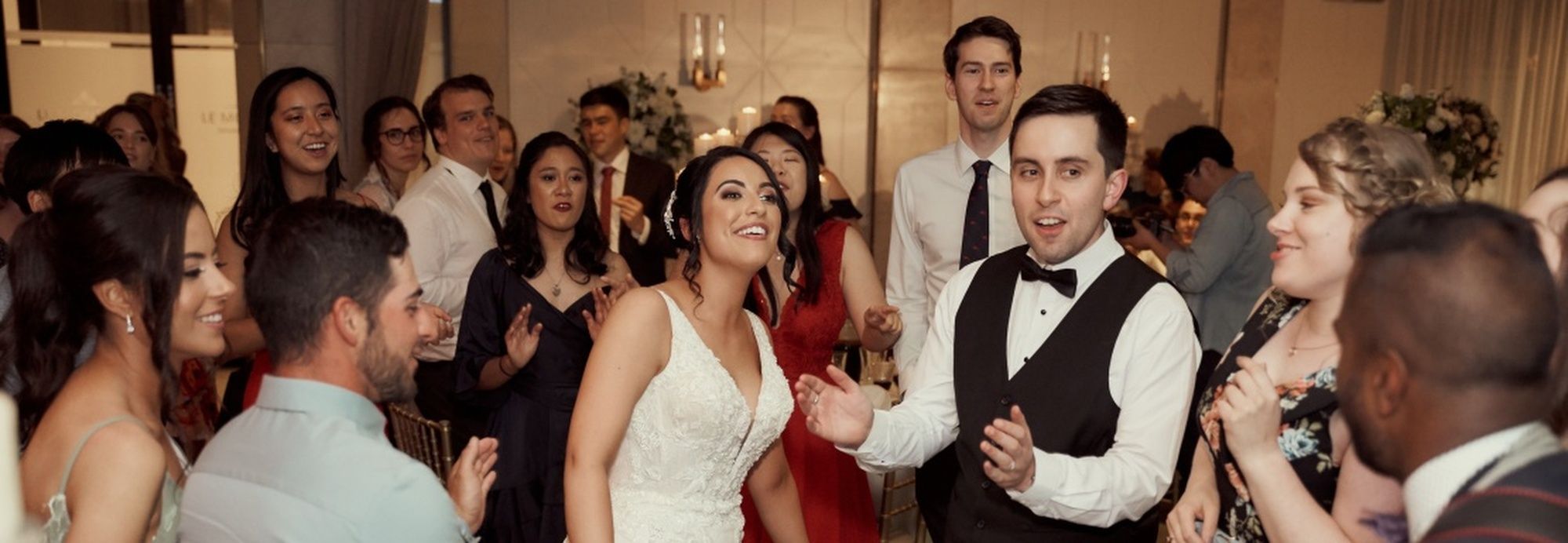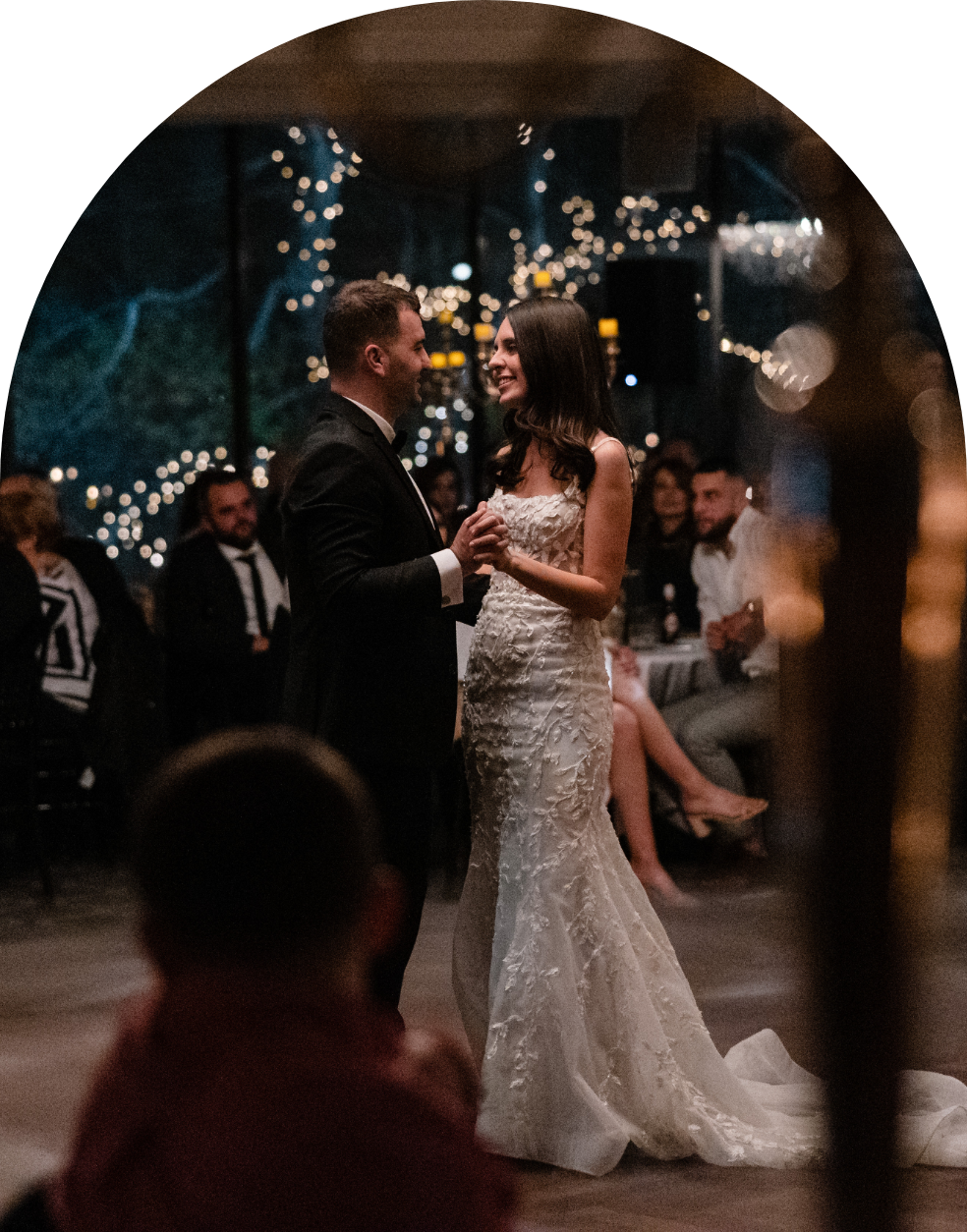
ADVICE
INSPIRATION
Everything You Need To Know About Wedding Invitations
Wedding invitations give your guests their first glimpse into your wedding style. They communicate key details and set expectations for the big day. Here's how to get them right.
When Should You Send Wedding Invitations?
- Save the Dates: Send 6–8 months before the wedding
- Main Invitations: Send 2–4 months before the wedding
- Custom Designs: Allow extra production time
- Venue Must Be Booked: Confirm date, time, and location before mailing
How to Build Your Guest List
- Make the list with your partner
- Count individuals per household, not just total families
- Double-check name spellings and titles
- Keep the number realistic for your venue and budget
How to Budget for Wedding Invitations
Decide between custom invites and DIY options
- Save costs by:
- Printing at home
- Using pre-made templates
- Keeping designs minimal
- Order 10–15 extra invitations for last-minute guests or keepsakes
How to Choose Your Invitation Design
Use of Photos
- Use engagement photos on Save the Dates
- Add one good photo on the main invite if skipping Save the Dates
Match the Wedding Theme & Colors
- Ensure the invite design matches wedding décor
- Use complementary fonts and styles
Choose Shapes and Sizes
- Standard: 4.5" x 6.25"
- Alternatives: circles, squares, magnets
- Watch postage costs for heavier or non-standard shapes
Prioritize Readability
- Avoid light-on-light or dark-on-dark text/background combinations
- Use legible fonts with enough spacing
- Always proofread before printing
What Should Be Included in a Wedding Invitation?
Essential Information
- Names of the couple
- Wedding date and time
- Ceremony location
- Reception venue (if different)
- Host line and request line
What Inserts Should Go With Wedding Invitations?
Include supporting cards to keep your invite clean and informative:
- RSVP Card
- Response deadline
- Meal options (if needed)
- Directions & Lodging Card
- Ceremony/reception directions
- Hotel recommendations
- Rehearsal Dinner Info (for invited guests only)
- Attire Guidelines
- Wedding Website & Registry
Add this to a separate card—not the main invitation
How to Address Wedding Invitations
Formal Addressing Etiquette
- Use titles like "Mr. and Mrs."
- Spell out full names and addresses
- Children over 18 should receive separate invites
Return Address Placement
- Place return address on the back flap
- Ensure it matches your RSVP return details
Budget-Friendly Addressing Options
- Use:
- Custom stickers
- Printable calligraphy fonts
- Stencils or stamps
Tips to Avoid Common Wedding Invitation Mistakes
- Double-check dates and spelling
- Ensure postage is correct for all envelope weights
- Mail international invitations 2–3 weeks earlier than local ones
- Order samples before bulk printing
Wedding Invitation FAQs
How many invitations should I order?
Order 10–15 more than your final count to account for mistakes or additions.
Can I include RSVP details on the main invite?
You can, but it’s more formal to use a separate RSVP card.
What’s the best paper type for wedding invitations?
Cardstock of 80–110 lb. is most common. Cotton or recycled paper adds a luxury feel.
Final Thoughts
Your wedding invitation is more than a formality—it's the first impression of your wedding day. With thoughtful planning and attention to detail, you can craft an invitation suite that’s beautiful, practical, and uniquely you.
Planning a Boston wedding?
Red Soda Band brings unforgettable live music to your wedding day—from the ceremony to your last dance. Based in Boston, we offer fully customisable packages to match your style. Contact us today to get a FREE quote and make your celebration truly one-of-a-kind.
RECOMMENDED READING
You may also like to read

How To Entertain Guests At A Wedding
Planning a wedding is more than just saying "I do"—it's about creating an unforgettable experience for everyone involved. One of the most overlooked elements is how to entertain your guests throughout the day. This guide offers creative and practical ideas for keeping your guests engaged and happy before, during, and after the ceremony.
READ MORE
HIRE RED SODA
FOR YOUR WEDDING MUSIC
Get an instant quote
RIGHT NOW for your
wedding music
GET A QUOTEWe come highly
recommended
Hire a boston wedding band who gets rave reviews from brides-and-grooms-to-be.
“
I loved the music; the violinist really set the atmosphere and I was almost lost for breath as I was about to walk down the aisle. We had talked about getting emotional thinking about that particular song and that was definitely the case for me on the day.”
MISTY & WAYNE


